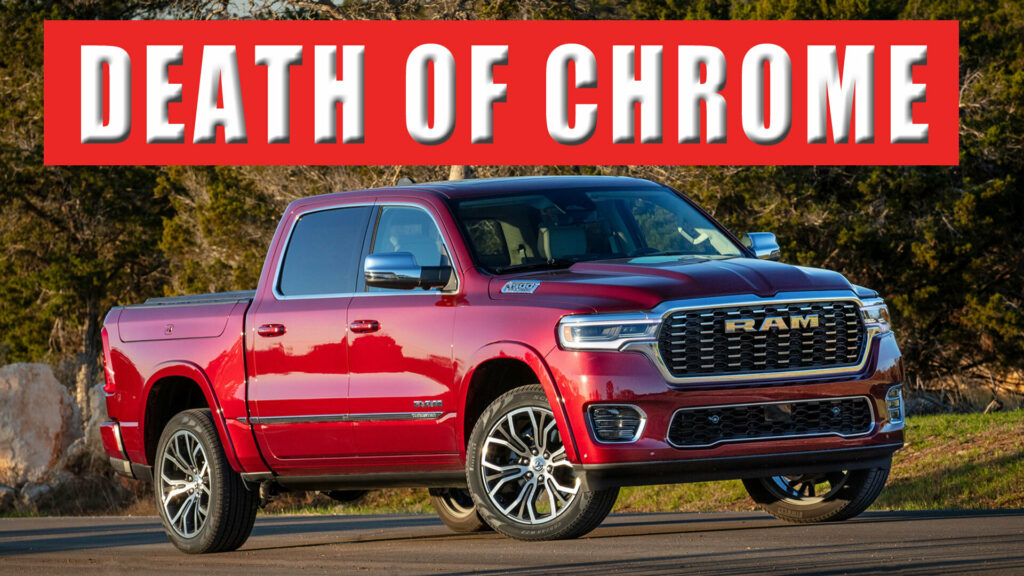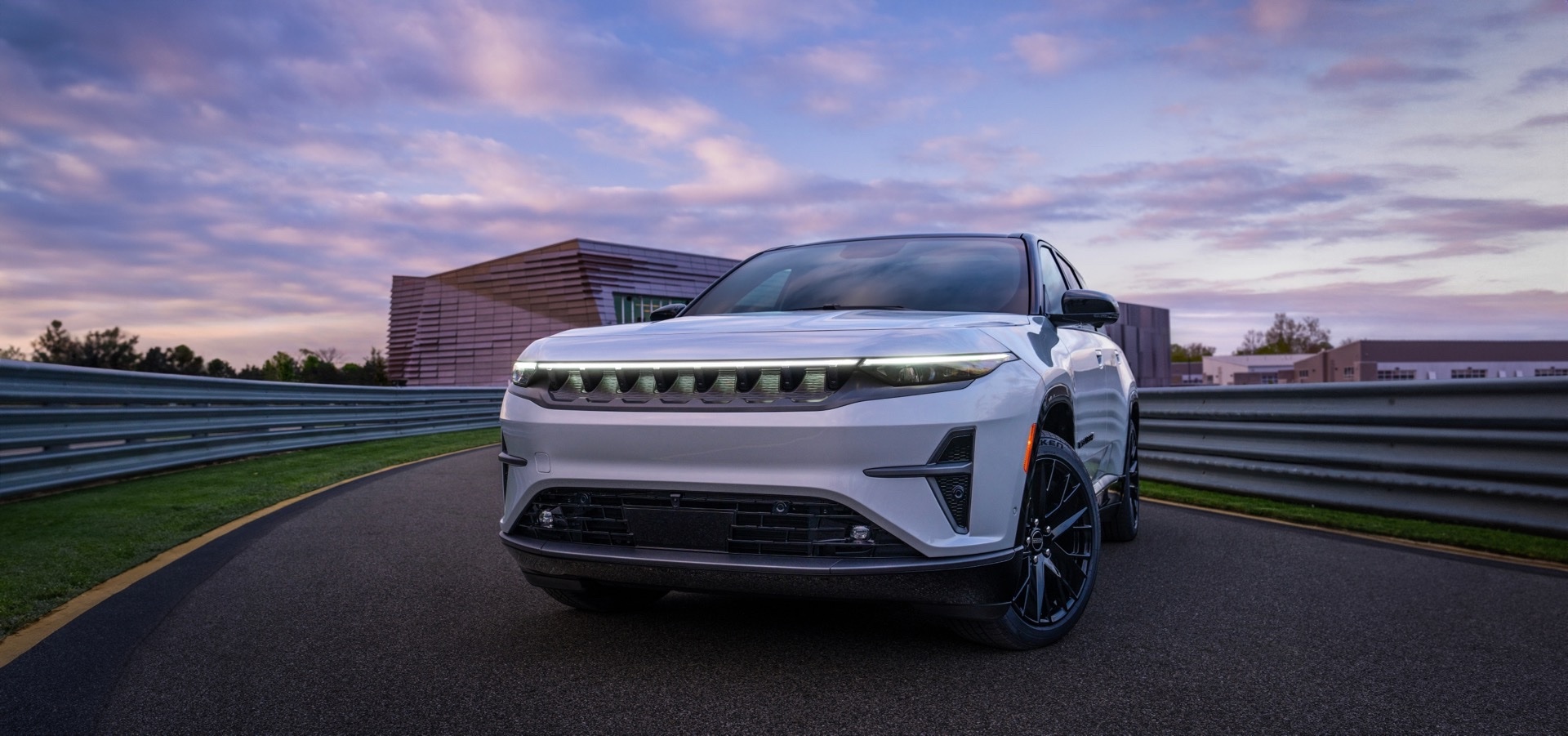- Stellantis is reportedly planning to phase out chrome on future vehicles.
- The new Jeep Wagoneer S is one of the first models to eschew chrome.
- The push to stamp out chrome is due to environmental and health concerns.
The 2025 Ram 1500 Tungsten brings the bling, but that might not be the case much longer. Quite the opposite as Stellantis appears to be fighting a war on chrome.
This battle has been bubbling under the surface, but when Jeep introduced the Wagoneer S last month, the company noted chrome was “noticeably absent” as their “design team looked to incorporate more environmentally friendly processes and materials.”
More: New Jeep Wagoneer S Packs A 600 HP Punch, But Will It KO Tesla At $72k?
CNN is now filling in the pieces as they’re reporting Stellantis is “committed to doing away with chrome on all its new models.” The initiative is reportedly called the “Death of Chrome” and it’s reportedly focused on the environmental and health benefits of going chrome free.
Stellantis Chief Design Officer Ralph Gilles said the company needs to make consumers “unlove” chrome. As part of this effort, the company will reportedly eliminate chrome from future models.
While alternatives exist, Gilles isn’t a fan as they have tradeoffs. He told the news organization polished stainless steel is expensive, while ‘safer’ versions of chrome don’t look particularly good.
So what’s the big problem with chrome? Hexavalent chromium, which is part of the plating process. The National Institute of Environmental Health Sciences notes “chromium compounds, such as hexavalent chromium, are widely used in electroplating” but inhaling the material has serious health risks including lung cancer.
The government agency goes on to say hexavalent chromium compounds are known human carcinogens and “some of the adverse health effects from hexavalent chromium exposures include nasal and sinus cancers, kidney and liver damage, nasal and skin irritation and ulceration, and eye irritation and damage.”
If that wasn’t bad enough, hexavalent chromium is “frequently non-biodegradable in nature, which means it stays in the environment for a long time, pollutes the soil and water, and poses substantial health risks to humans and wildlife.”

























